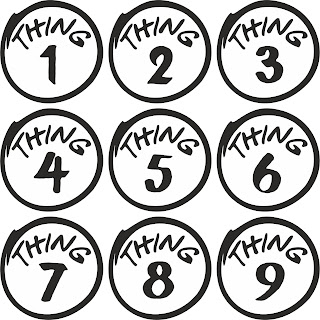9 Things You May Not Know About The Saver's Credit
As I was pulling together tax information this weekend, I was reminded that, in addition to the benefits of pre-tax savings and deferred taxes on retirement savings, there’s another tax benefit—but one of which many aren’t aware.
It’s called the Saver’s Credit—but only 43% of workers are aware of the credit, according to the 20th Annual Transamerica Retirement Survey of workers. It’s available to low- to moderate-income workers who are saving for retirement. For those who qualify, in addition to the customary benefits of workplace retirement savings, it could mean a $1,000 break on your taxes—twice that if you are married and file a joint return!
Now, there are some limitations[i]—both regard as to who is eligible, and the income levels to which it applies. But in a year when household income levels might be impacted by COVID—well, it’s worth revisiting the option even if it hasn’t been available in the past.
Here are some things you (not to mention your plan sponsor clients, or participants) may not know about the Saver’s Credit:
1. It’s not technically the Saver’s Credit.
The official name for the Saver’s Credit is actually “the Retirement Savings Contributions Credit.” At least that’s what the IRS calls it.
2. It’s a credit, not a deduction.
A deduction lowers your tax bill by reducing the income subject to tax. However, a credit actually reduces the amount of tax you owe. Then again, if you don’t owe any federal income tax, the credit won’t do you any good, because it isn’t refundable. Additionally, it can’t be carried forward to the next year. Nor can you get a tax refund based only on the amount of the Saver’s Credit.
3. A wide variety of retirement savings contributions qualify.
Eligible contributions include those made to a traditional or Roth IRA or to a 401(k), 403(b), governmental 457(b), SARSEP or SIMPLE plan; voluntary after-tax employee contributions made to a qualified retirement plan (including the federal Thrift Savings Plan) or a 403(b) plan; contributions to a 501(c)(18)(D) plan; or contributions made to an ABLE account for which the individual is the designated beneficiary (beginning in 2018).
4. However, rollover contributions do NOT qualify.
5. Withdrawals can reduce the credit
The amount of eligible contributions may be reduced by any recent distributions received from a retirement plan or IRA, or from an ABLE account.
6. There are two deadlines for eligible contributions.
To qualify for the Saver’s Credit, contributions must be made to a 401(k), 403(b), 457 plan or the federal government’s Thrift Savings Plan by the end of the calendar year. However, retirement savers have until the tax filing deadline of April 18, 2022 to make a contribution to an IRA and have it count as a 2021 contribution.
7. It’s not (yet) “EZ” to claim the credit.
The Saver’s Credit is (still) not available via the 1040 EZ Form (though there have been legislative attempts to remedy that situation).
8. You can take a quiz to see if you qualify.
The IRS now offers an online quiz to easily determine if you qualify for the credit at https://www.irs.gov/help/ita/do-i-qualify-for-the-retirement-savings-contributions-credit.
9. You have to file to get it.
You only get the credit if you file for it. It’s not too late to save and get “credit” for doing so—make sure the participants you work with, and plan sponsors you work for—are aware.
- Nevin E. Adams, JD
[i] There have been legislative attempts in recent months to broaden utilization of the Saver’s Credit, both by lifting the current income eligibility levels, and by making the credit “refundable.” To date, however, those efforts have not been successful.




Comments
Post a Comment